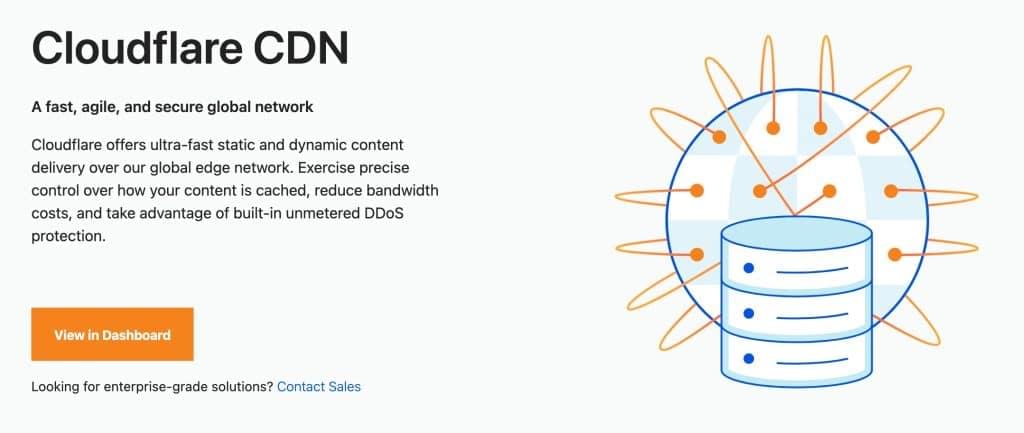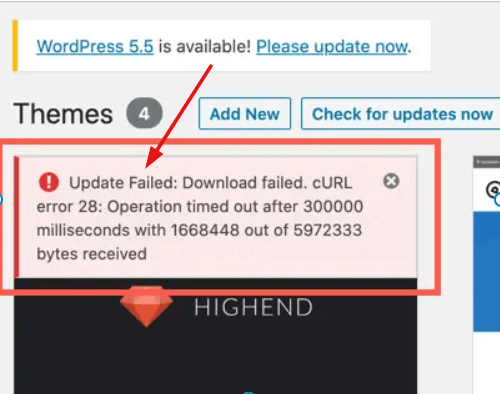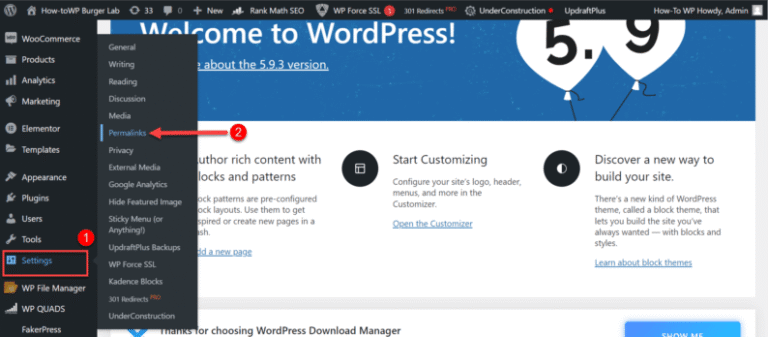In the world of modern web development, “headless WordPress” has become one of the most talked-about trends—and for good reason. As digital experiences grow more dynamic, flexible, and multi-platform, developers and content creators alike are exploring new ways to deliver content faster and more efficiently.
But what exactly is headless WordPress? How does it work? And is it the right choice for your next project?
In this guide, we’ll break down the essentials of headless WordPress, explore its pros and cons, and walk through the most common use cases. Whether you’re a developer, content manager, or business owner, this postA post is a type of content in WordPress, a popular open-source content management system used for creating an… More will help you decide if headless is the right direction for your website architecture.
What is Headless WordPress?
To understand headless WordPress, it helps to start with the basics.
In a traditional WordPress setup, everything is bundled together: WordPress manages your content, controls how it’s stored in a databaseA database is an organized collection of data stored and accessed electronically. It is a crucial component of… More, and handles how it’s displayed on the front end using themesA WordPress theme is a set of files that determine the design and layout of a website. It controls everything … More and PHP templates. In this case, WordPress is both the back end (content management) and the front end (presentation layer).
In a headless WordPress architecture, you decouple the front end from the back end. WordPress still acts as the content management system (CMS), but the front end is built separately using technologies like React, Vue.js, or Next.js. Content is served via the REST API or GraphQL.
Think of WordPress as the “body”—the content engine—and the front end as the “head.” When you go headless, you remove that “head” and replace it with a custom-built presentation layer tailored to your specific needs.
How It Works
- Content creation and management happens in WordPress as usual.
- Content delivery is done via APIs (e.g., https://example.com/wp-json/wp/v2/posts).
- Front-end rendering is handled by a separate app or static site generator.
Key Benefits of Headless WordPress
Why go headless? Let’s explore the major advantages of using headless WordPress for your website or application.
Blazing-Fast Performance
By separating the front end from the WordPress server, you can use static site generators or server-side rendering frameworks that significantly improve pageIn WordPress, a page is a content type that is used to create non-dynamic pages on a website. Pages are typica… More speed. Combined with edge caching (via platforms like Vercel or Netlify), your site can load almost instantly.
Front-End Flexibility
With headless WordPress, you’re not locked into PHP and traditional themes. Developers can build custom front ends using JavaScript frameworks such as:
- React
- Vue.js
- Next.js
- Svelte
This allows for more interactive, modern user experiences—especially useful for SaaS platforms, mobile apps, or PWA development.
Omnichannel Content Delivery
Want to publish content across websites, mobile apps, kiosks, and even IoT devices? Headless makes it easy. Since the content is accessed via APIs, it can be reused across multiple platforms without duplication.

Improved Security
In a headless setup, the front end has no direct connection to the WordPress admin panel. This separation reduces attack surfaces and limits access points, making it harder for hackers to exploit common WordPress vulnerabilities.
Scalability
Headless architecture allows teams to scale different parts of the tech stack independently. You can optimize content delivery, switch front-end frameworks, or migrate to a new front-end host without touching the CMS.
Drawbacks & Challenges
Of course, headless WordPress isn’t perfect. Here are some potential pitfalls to be aware of.
Increased Complexity
Unlike traditional WordPress, which works out of the box, a headless build typically requires a development team. You’ll need to manage:

- API requests and endpoints
- Front-end framework setup
- Deployment workflows
This can be overwhelming for beginners or small teams without developer support.
Higher Cost and Development Time
Going headless can mean longer build times and higher development costs. You’re essentially building two systems: the CMS and the front end. Additionally, features like forms, commentsComments are a feature of WordPress that allow users to engage in discussions about the content of a website. … More, and SEO optimization need custom implementation.

Loss of PluginA plugin is a software component that adds specific features and functionality to your WordPress website. Esse… More Functionality on the Front End
Many WordPress plugins are designed to work with traditional themes. In headless mode, visual plugins like page builders, sliders, or contact forms won’t automatically render on your front end. You’ll need to recreate or replace them using compatible tools.
SEO and Preview Challenges
Without built-in themeA WordPress theme is a set of files that determine the design and layout of a website. It controls everything … More rendering, SEO metadata, sitemaps, and social previews require manual setup. Some plugins and tools (like Yoast Headless or Faust.js) help bridge this gap, but it’s not as seamless.
When Should You Use Headless WordPress?
While it offers clear advantages, it’s not the right choice for every project. Here’s when it does make sense.
✅ Ideal Use Cases:
- High-traffic or performance-driven websites (news sites, publications)
- Apps that need content delivered across multiple platforms
- Teams with in-house developers or dev agency partnerships
- SaaS products or startups wanting custom front-end interfaces
- Mobile-first platforms need a unified CMS
❌ Avoid Headless If:
- You’re building a small blog or a simple business site
- You rely heavily on traditional WordPress plugins and themes
- You don’t have access to experienced front-end developers
- Time-to-market is your top priority
In short, if flexibility and performance are more important than ease of use and speed of setup, headless WordPress may be the right solution.
Real-World Examples of Headless WordPress Sites
Wondering who’s using it in production? Here are a few real-world examples:
- TechCrunch – Uses WordPress as a CMS with a custom React-based front end.
- Frontity (now part of Vercel) – Built with React and headless WordPress.
- Harvard Gazette – Combines WordPress with decoupled architecture for flexibility.

These projects show how scalable and powerful headless WordPress can be when used correctly.
Conclusion: Is Headless WordPress Right for You?
Headless WordPress offers powerful benefits—especially for developers, large teams, and brands that need flexibility, performance, and multi-platform content delivery. But it also comes with technical complexity, added costs, and limitations that make it less suitable for simpler projects.
As with any architectural decision, the right choice depends on your goals, team capabilities, and long-term vision.
👉 Coming up next in our headless series: We’ll walk you through How to Build a Headless WordPress Site with React or Next.js. Stay tuned!
FAQs
❓ Is headless WordPress better for SEO?
Not by default. You’ll need to manually handle metadata, structured data, sitemaps, and previews—but when done right, headless sites can perform better and rank higher due to improved speed.
❓ Can I use GutenbergGutenberg is the name of a modern WordPress editor that was introduced with the release of WordPress 5.0 in De… More in headless WordPress?
Yes, you can use Gutenberg to manage and format content. The content is then delivered via the WordPress REST API or WPGraphQL and rendered on your front end.
❓ Is headless WordPress faster?
In most cases, yes. With optimized caching and modern front-end frameworks, headless WordPress can deliver faster load times compared to traditional WordPress.
Ready to go headless? Explore our full [Headless WordPress Guide Series] to learn more about choosing frameworks, connecting APIs, and building a production-ready headless site.
If you’re exploring WordPress for better performance and flexibility—and want blazing-fast hosting to match—our optimized WordPress hosting is built for speed, security, and convenience.
👉 Looking for fast WordPress hosting and done-for-you updates?
Check out our powerful hosting packages by clicking the button below:

![How to Change Widget Size in WordPress [A Visual Guide]](https://codingheros.com/wp-content/uploads/2024/06/how-to-change-widget-size-in-wordpress-a-visual-guide-768x350.png)



